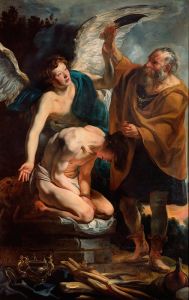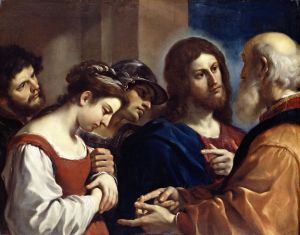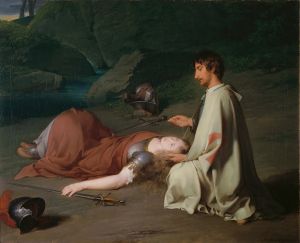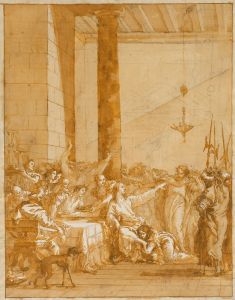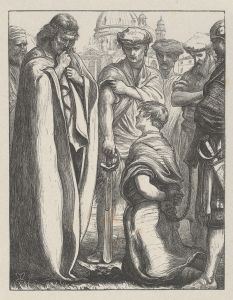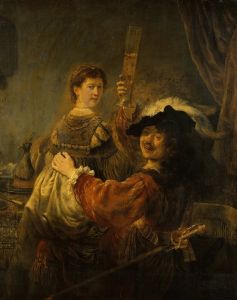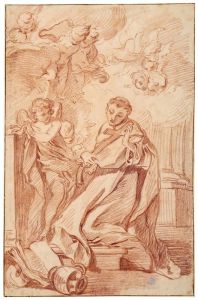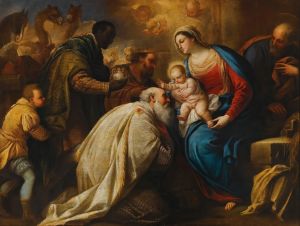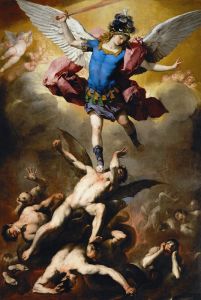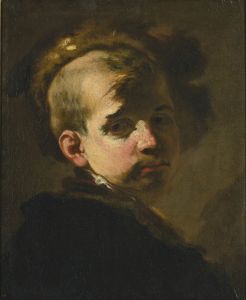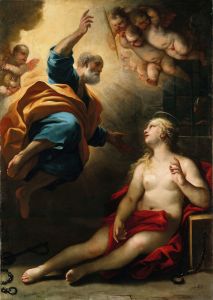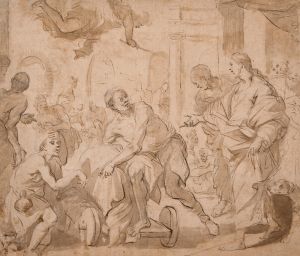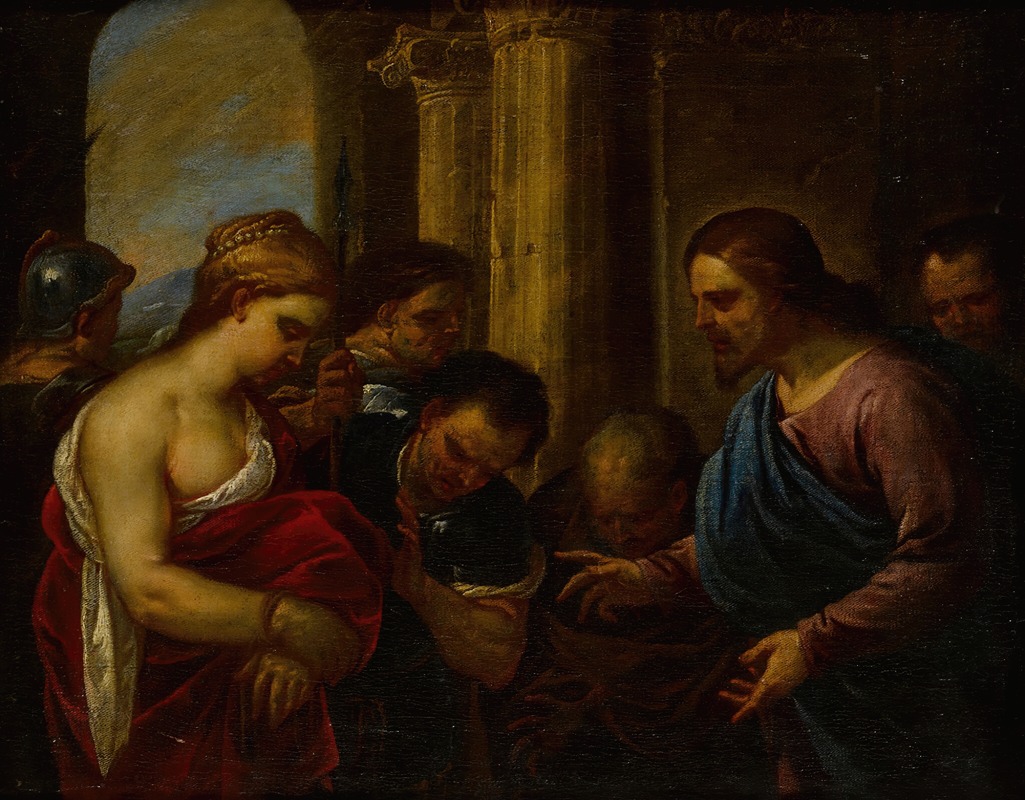
Christ and the Adulteress
A hand-painted replica of Luca Giordano’s masterpiece Christ and the Adulteress, meticulously crafted by professional artists to capture the true essence of the original. Each piece is created with museum-quality canvas and rare mineral pigments, carefully painted by experienced artists with delicate brushstrokes and rich, layered colors to perfectly recreate the texture of the original artwork. Unlike machine-printed reproductions, this hand-painted version brings the painting to life, infused with the artist’s emotions and skill in every stroke. Whether for personal collection or home decoration, it instantly elevates the artistic atmosphere of any space.
"Christ and the Adulteress" is a painting by the Italian Baroque artist Luca Giordano (1634–1705). Giordano, known for his prolific output and dynamic compositions, was one of the most prominent painters of the late Baroque period in Naples. This artwork depicts the biblical episode from the Gospel of John (8:1–11), where Jesus is confronted by the scribes and Pharisees with a woman accused of adultery. The scene is notable for Jesus’ famous response, "Let him who is without sin among you be the first to throw a stone at her."
The painting showcases Giordano's characteristic style, which combines dramatic lighting, fluid brushwork, and a vivid sense of movement. The figures are arranged in a dynamic composition, with Christ at the center, calmly addressing the accusers. His gesture and expression convey both authority and compassion. The surrounding figures, including the accusers and the adulteress, are rendered with emotional intensity, highlighting the moral and spiritual tension of the moment.
Giordano's use of chiaroscuro—contrasting light and shadow—enhances the drama of the scene, drawing attention to the central figure of Christ. The artist's mastery of color and texture is evident in the rich details of the clothing and the expressions of the characters. This work reflects Giordano's ability to convey complex narratives with clarity and emotional depth.
The exact date of the painting is not definitively known, but it is consistent with Giordano's mature period, during which he produced numerous religious and historical works. Giordano was heavily influenced by earlier Baroque masters such as Caravaggio and Rubens, as well as the Venetian colorists, and these influences are evident in the composition and execution of "Christ and the Adulteress."
The painting is housed in the Gemäldegalerie Alte Meister (Old Masters Picture Gallery) in Dresden, Germany. It is part of the museum's extensive collection of European paintings, which includes works by many of the most renowned artists of the Renaissance and Baroque periods. The painting remains an important example of Giordano's skill as a storyteller and his contribution to the Baroque tradition.
No further specific details about the commission or provenance of the painting are widely documented.





